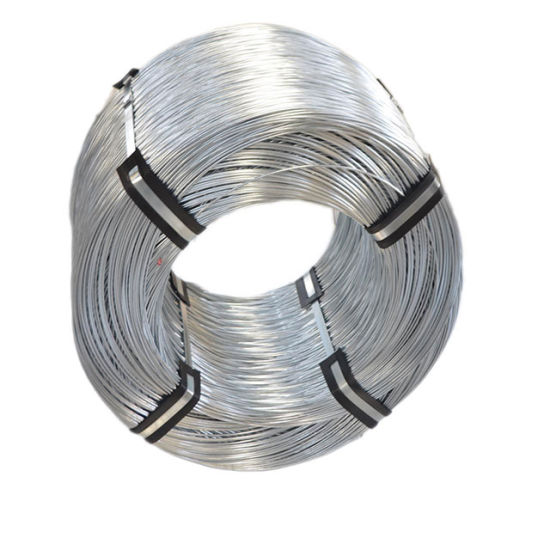
First of all, the difference in the process is: hot-dip [...]
First of all, the difference in the process is: hot-dip galvanizing is to remove the oil, pickling, dipping, and drying the workpiece, and then immerse it in the molten zinc solution for a certain period of time, and then put it out.
Cold galvanizing, also known as electro-galvanizing, is to use electrolytic equipment to deoil and pickle the workpiece into a solution of zinc salt, and connect the negative electrode of the electrolytic equipment; place a zinc plate on the opposite side of the workpiece and connect it to the electrolytic equipment. Positive, turn on the power, and use the direction of the current to move from the positive to the negative, which will deposit a layer of zinc on the workpiece.
The difference in appearance: the appearance of electro-galvanizing is relatively smooth and bright, and the electroplating layer using the color passivation process is also mainly yellow-green in color, showing colorful. The electroplating layer using the white passivation process is bluish white or white and green, and the coating layer of the white passivation process is slightly colorful at a certain angle to the sunlight. In the corners and edges of complex workpieces, it is easy to produce "electric burning" and become gray, and the zinc layer in this part is thicker. It is easy to form a current dead angle in the inner corner, resulting in an undercurrent dark area, and the zinc layer in this area is relatively thin. The workpiece as a whole has no zinc nodules, agglomeration and other phenomena. The appearance of hot-dip galvanizing is slightly rougher than that of electro-galvanizing, and it is silver-white. The appearance is prone to process water lines and a little drip, especially at one end of the workpiece. However, the zinc layer of hot-dip galvanizing is dozens of times thicker than that of electro-galvanizing, and the corrosion resistance is dozens of times that of electro-galvanizing.
The difference between galvanized finished products:
1. The inner and outer walls of hot-dip galvanized steel pipe are galvanized, while the outer wall of cold-dip galvanized steel pipe is only galvanized;
2. The cold coating is uniform and the thickness is very thin; the hot coating is thicker and the thickness is uneven.
3. The appearance of cold plating is bright, and the color of hot plating is darker.
4. Because the cold coating is thinner, the corrosion resistance is poor; the hot coating is dozens of times thicker than cold galvanizing, and forms an infiltration layer with the base metal, which has good corrosion resistance.
5. The surface of the hot-dip galvanized steel pipe looks brighter and smoother; the surface of the hot-dip galvanized steel pipe is not as delicate and bright as the cold-dip galvanized steel pipe.
hot-dip galvanizing and cold galvanizing


Please login to write a comment after